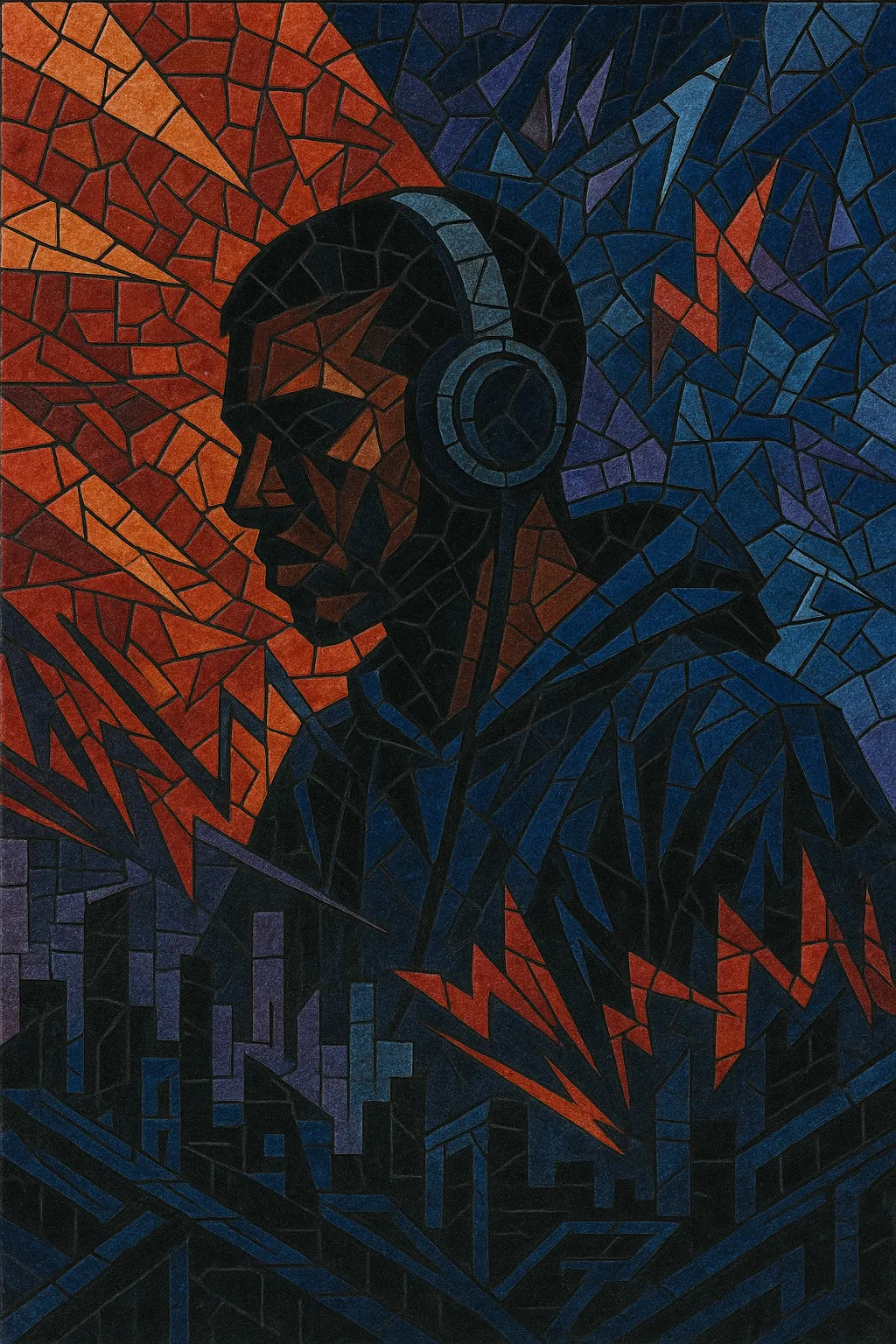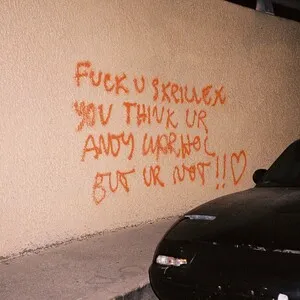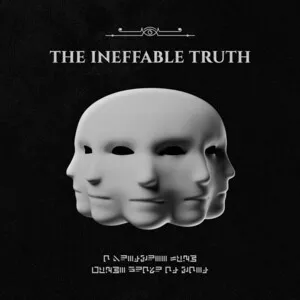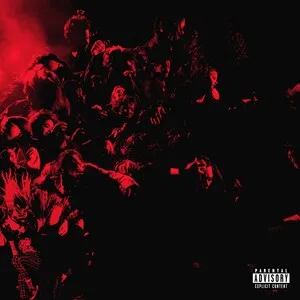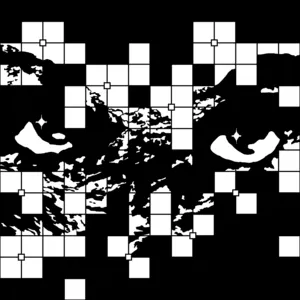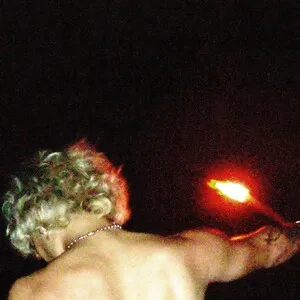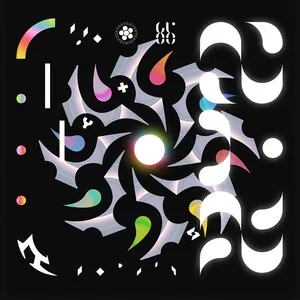Trap EDM (often called EDM trap) is a fusion of Southern U.S. hip hop trap rhythms with the build–up/drop architecture and sound design of electronic dance music.
It typically runs at 140 BPM with a halftime feel (or 70–75 BPM), featuring 808 sub‑bass, crisp snare/clap on the third beat, rapid 1/16 to 1/32 hi‑hat rolls, brass or synth stabs, and big festival‑style drops.
Unlike rap-oriented trap, Trap EDM is primarily instrumental and designed for large dance floors and festivals, emphasizing dramatic risers, tension–release dynamics, and heavy low‑end impact.
Trap EDM emerged in the early 2010s in the United States as EDM producers began adopting the drum programming and 808 aesthetics of Southern hip hop trap. Producers on platforms like SoundCloud experimented with halftime rhythms at 140 BPM, combining hip hop drum patterns with EDM build–ups, risers, and explosive drops. Early key tracks and DJ sets by artists such as Flosstradamus and RL Grime helped codify the sound.
In 2012–2013, tracks like Baauer’s "Harlem Shake" and RL Grime’s remixes brought the style into mainstream awareness, while labels and collectives (e.g., Mad Decent and OWSLA circles) amplified its reach. The sound evolved in two directions: grimy, bass‑forward club mixes and large‑scale festival drops often called "festival trap"—a variant that adopted big‑room EDM strategies while keeping trap drums and 808 subs. DJ Snake, Yellow Claw, UZ, and What So Not further popularized the style globally.
As Trap EDM matured, producers blended it with dubstep, future bass, and moombahton, creating hybrid trap and melodic festival variants. The style’s signature drum programming and sub‑focus spread into broader bass music, pop‑EDM crossovers, and regional scenes worldwide. While trends shifted, Trap EDM’s toolkit—808 subs, halftime grooves, and high‑drama drops—remained a staple within festival sets and bass music culture.
Write at 140 BPM with a halftime feel (or 70–75 BPM). Place the snare/clap decisively on beat 3 to lock in the trap bounce. Use rapid 1/16–1/32 hi‑hat rolls with occasional triplets and velocity variations for humanized swagger.
Build the rhythm section around 808 samples: a long, clean 808 sub for the bassline, a punchy kick, a snappy snare/clap, and crisp closed/open hats. Program bass glides with pitch bends and slides, and low‑pass the sub to keep 30–60 Hz clean and mono.
Craft a call‑and‑response between a lead (brass stabs, detuned supersaws, vocal chops, or gritty FM/serum patches) and the drums. Keep harmony minimal—often in minor keys—with short motifs and hooky riffs rather than dense chord progressions. Layer risers, sweeps, impacts, and snare rolls to shape tension and release.
Use an intro, build, drop, breakdown, second build, and second drop. In the build, increase energy via rising pitch, filtering, snare roll rate (1/4 → 1/8 → 1/16), and FX. Make the drop concise and impactful with a strong lead motif, punchy drums, and sub clarity. Leave space between phrases for the groove to breathe.
Sidechain leads and mids to the kick and sub for headroom. Carve space with subtractive EQ so the 808 dominates the low end. Use transient shaping on snares and hats for snap, and add parallel saturation for weight. In live/DJ contexts, emphasize edits with snare fills, reverse crashes, and quick filter moves to heighten drops.

